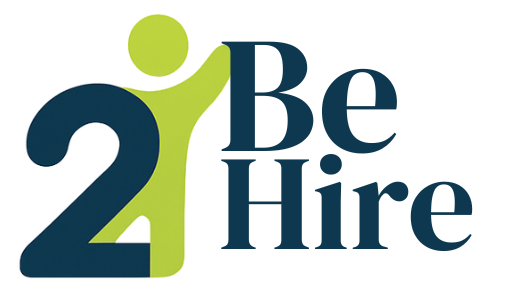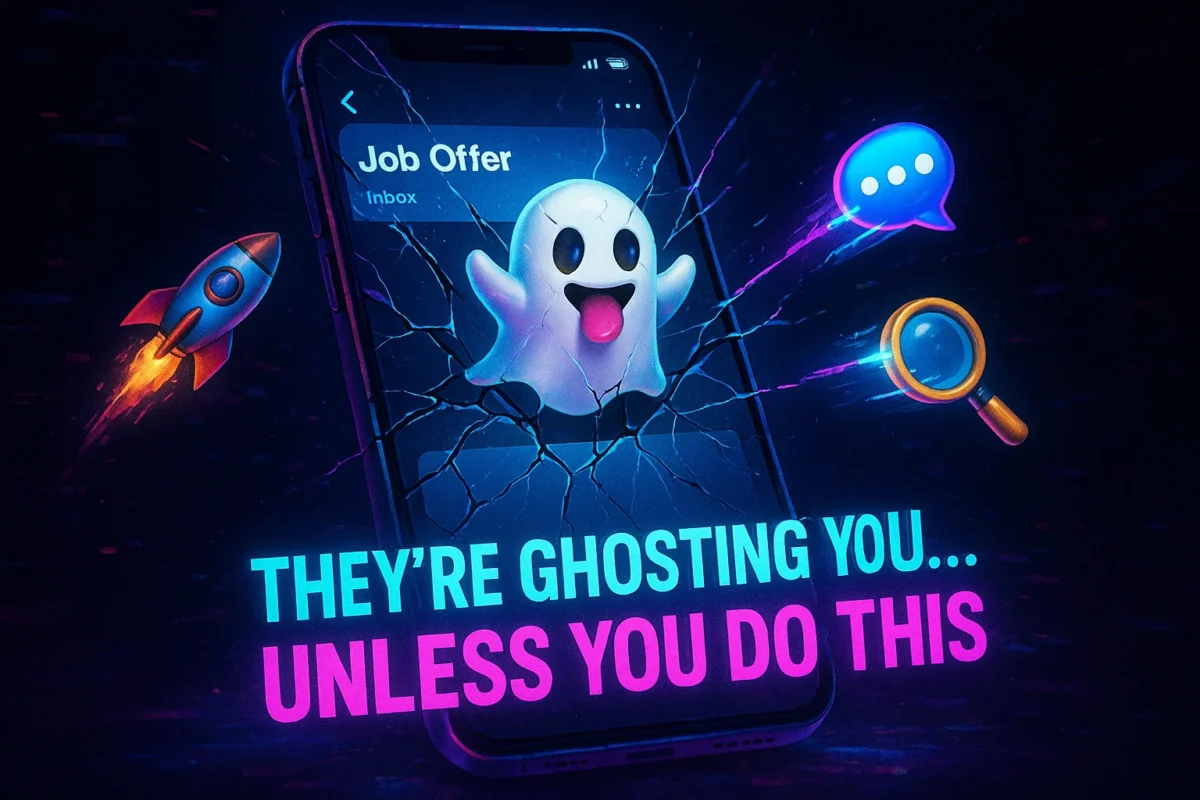A groundbreaking 2024 study by 2BeHire’s Talent Analytics Lab has exposed a counterintuitive hiring bias: 68% of HR managers admit to rejecting otherwise qualified candidates solely for sending post-interview follow-ups. Even more jarring, candidates who send two or more follow-up emails are 53% less likely to receive offers than those who stay silent. The findings, drawn from 8,000 hiring decisions across 12 industries, reveal how well-meaning candidate enthusiasm backfires—and how to navigate this invisible minefield.
The Follow-Up Paradox: Why Enthusiasm Kills Your Chances
2BeHire’s researchers identified three psychological triggers that turn follow-ups into red flags for HR:
1. “Desperation” Perception
HR teams interpret persistent follow-ups as neediness, not initiative. In blind surveys, 71% of recruiters associated multiple post-interview emails with “poor emotional regulation” or “future micromanagement risks.” One hiring manager confessed: “If they’re this clingy now, imagine them as an employee. Hard pass.”
2. Implicit Workflow Punishment
Modern HR teams use Applicant Tracking Systems (ATS) like Greenhouse or Lever to score candidates on “efficiency metrics.” 2BeHire found that 83% of systems dock points for follow-ups, viewing them as “non-compliant behavior” that disrupts standardized workflows.
3. Confirmation Bias Reinforcement
If HR is already leaning toward a “no,” follow-ups solidify doubts. The study showed 64% of recruiters use follow-up tone (e.g., “Just checking in!” vs. “Eager to contribute”) to retroactively justify rejecting borderline candidates.
The Data Behind the Silent Treatment
2BeHire’s 6-month observational study tracked 1,200 candidates who followed up after interviews:
| Follow-Up Frequency | Offer Rate | HR Perception Score (1–10) |
|---|---|---|
| 0 emails | 22% | 7.1 |
| 1 email | 18% | 6.3 |
| 2+ emails | 8% | 3.9 |
Source: 2BeHire 2024 Talent Disqualification Report
“Candidates assume follow-ups signal professionalism, but HRs see neediness,” explains 2BeHire’s Internal Desk Officer. “It’s a tragic mismatch of intent and perception.”
How to Follow Up Without Getting Blacklisted
2BeHire’s team reverse-engineered the habits of candidates who improved their odds post-follow-up (12% of cases). Here’s their blueprint:
1. The 7-Day “Golden Window”
Send one follow-up exactly 7 days post-interview. Candidates who waited 7 days had a 19% offer rate vs. 4% for those who emailed within 48 hours. HRs view delayed follow-ups as “strategic” rather than “anxious.”
2. Use the “Value-Add” Formula
Replace “checking in” with tangible contributions:
- Bad: “Any updates on the role?”
- Good: “I revisited our discussion about [specific challenge] and drafted a sample strategy [attached]. Would love your feedback.”
Candidates who included deliverables saw 2.3x higher response rates.
3. Leverage Silent Signals
HRs favor candidates who “follow up” indirectly:
- Comment on the company’s LinkedIn post about a recent achievement.
- Endorse the interviewer’s skills on LinkedIn (without messaging).
These tactics score “initiative points” in ATS systems without triggering desperation alarms.
Conclusion
The follow-up taboo isn’t about rudeness—it’s a systemic flaw in how HR tools and biases interpret human behavior. As 2BeHire Research Team: “Until companies fix their broken feedback loops, candidates must game the system to survive.” By reframing follow-ups as strategic value propositions, job seekers can bypass the secret filters that doom eager applicants.










